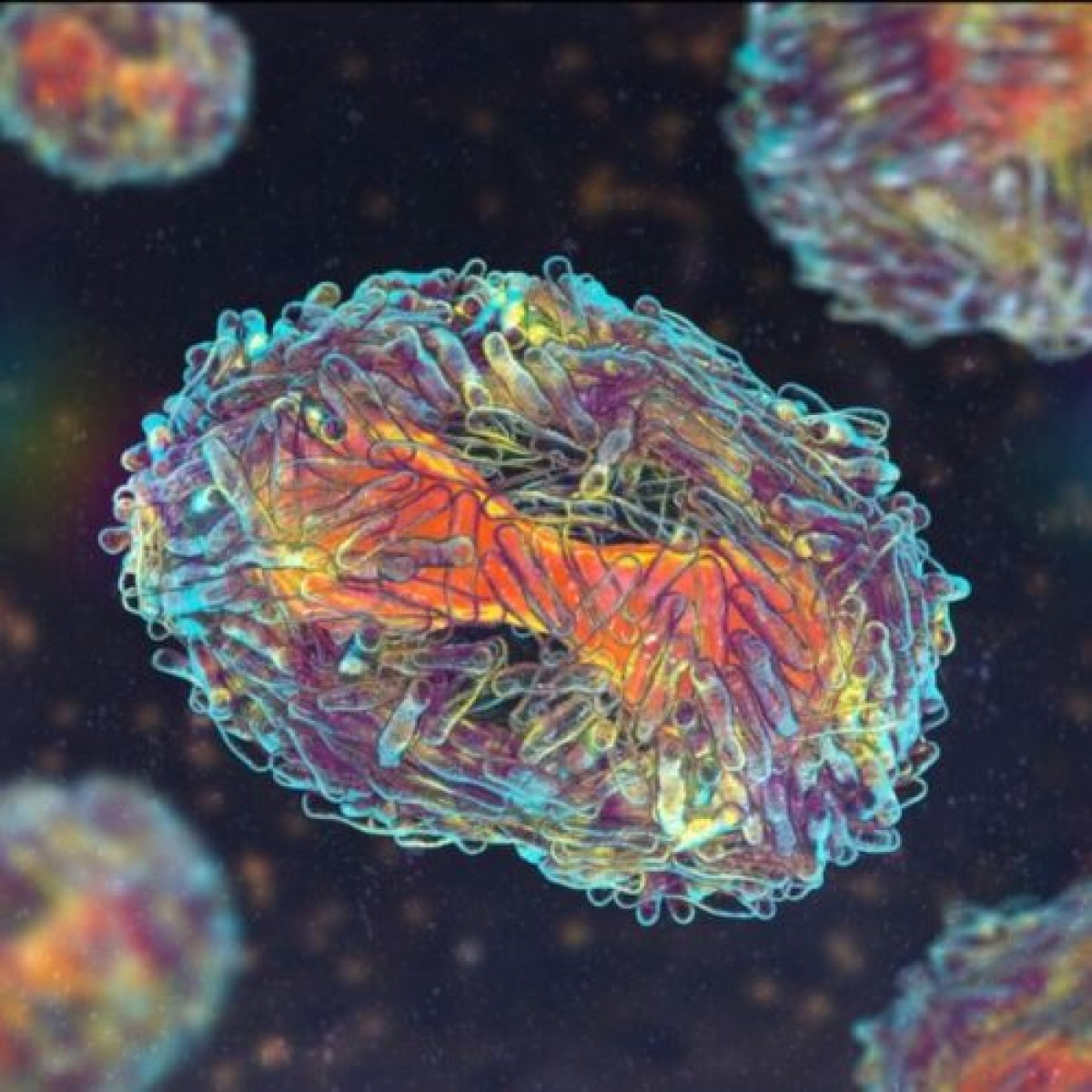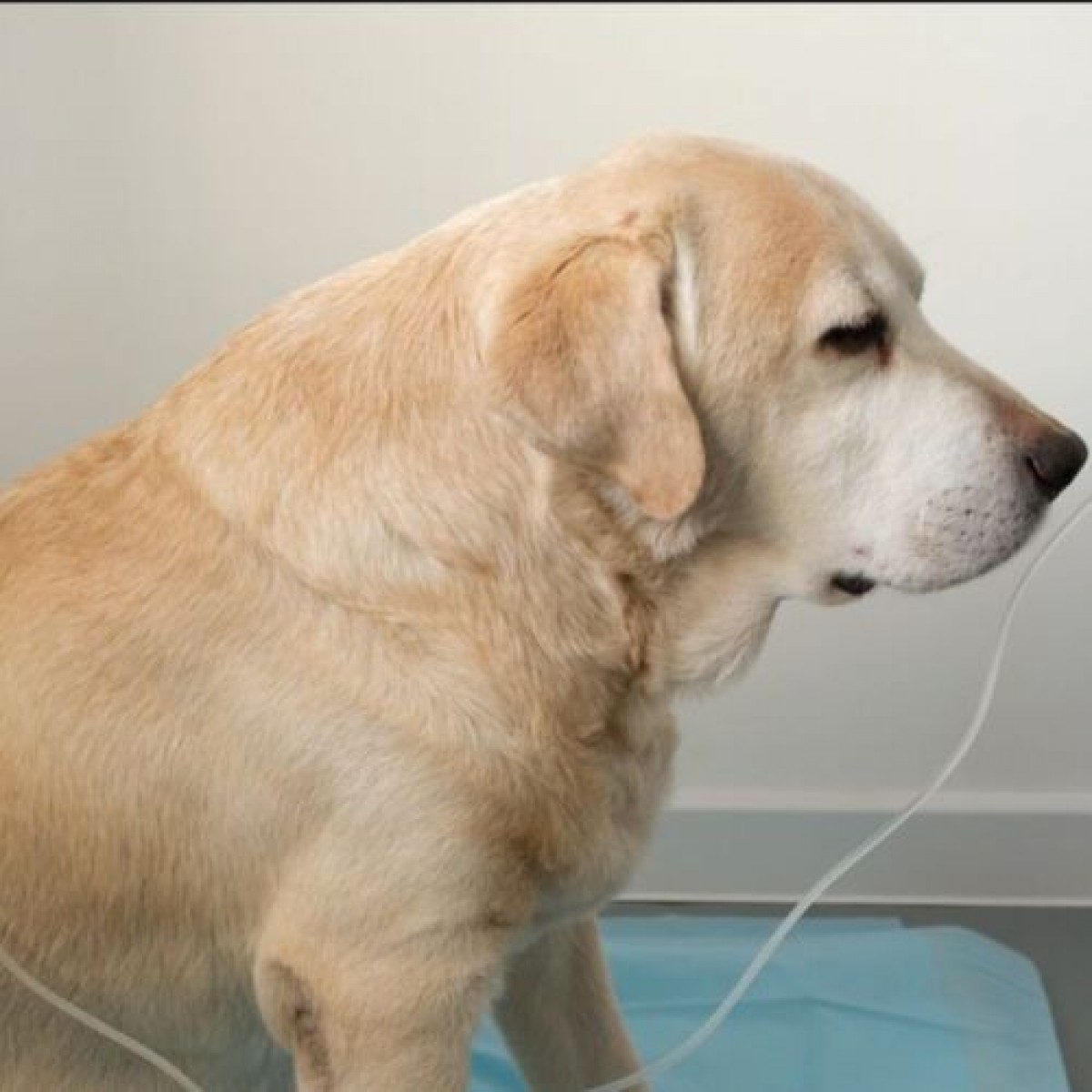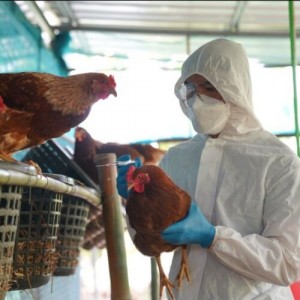New distribution patterns of Dirofilaria immitis in Italy
In recent decades, the number of autochthonous cases and foci of Dirofilaria immitis in dogs from southern regions has increased considerably, suggesting that the distribution of the species is not limited to northern Italian regions. This epidemiological picture emerges from case reports or studies in specific locations where outbreaks of heartworm disease have occasionally been reported together with the presence of mosquito vectors. To obtain a more comprehensive picture of the current distribution of D. immitis in southern Italy, a multicenter cross-sectional survey of canine filariasis was conducted.
Dirofilaria immitis and Dirofilaria repens are filarioids of major veterinary and medical concern, because of their zoonotic potential. While D. immitis is the causative agent of canine cardiopulmonary heartworm disease (HWD) and causes a serious disease with a chronic evolution, D. repens causes subcutaneous filariosis, and is of minor veterinary relevance. Both diseases are transmitted by mosquitoes, being their epidemiology linked with the presence of proper vector species and of suitable reservoirs.
Owned and sheltered dogs (n = 1,987) were included in the study regardless of their breed, attitude or sex. All included dogs were older than one year and had no history of chemoprophylactic treatment against filarioses.
A blood sample was collected from enrolled dogs and screened by modified Knott's test and, when positive, tested using D. immitis specific ELISA rapid test (SNAP 4DX, IDEXX).
The overall microfilaremia prevalence was 17% (n = 338) being single-species infection (92.6%) more common than mixed (7.4%). Remarkably, D. immitis was the most frequent species detected with an overall prevalence of 11.4% (n = 227), followed by Dirofilaria repens (n = 74; 3.7%), and Acanthocheilonema reconditum (n = 12; 0.6%).
Shelter dogs were significantly more infected by D. immitis, as well as mutts and animals housed in rural areas.
In conclusion, data here reported indicate that D. immitis is largely present in southern Italy, raising awareness about the necessity of proper screening and chemoprophylactic treatments in exposed animals.
Ettore Napoli, et al. “New distribution patterns of Dirofilaria immitis in Italy.” Front Vet Sci. 2023 May 4; 10:1162403. doi: 10.3389/fvets.2023.1162403.














List
Add
Please enter a comment